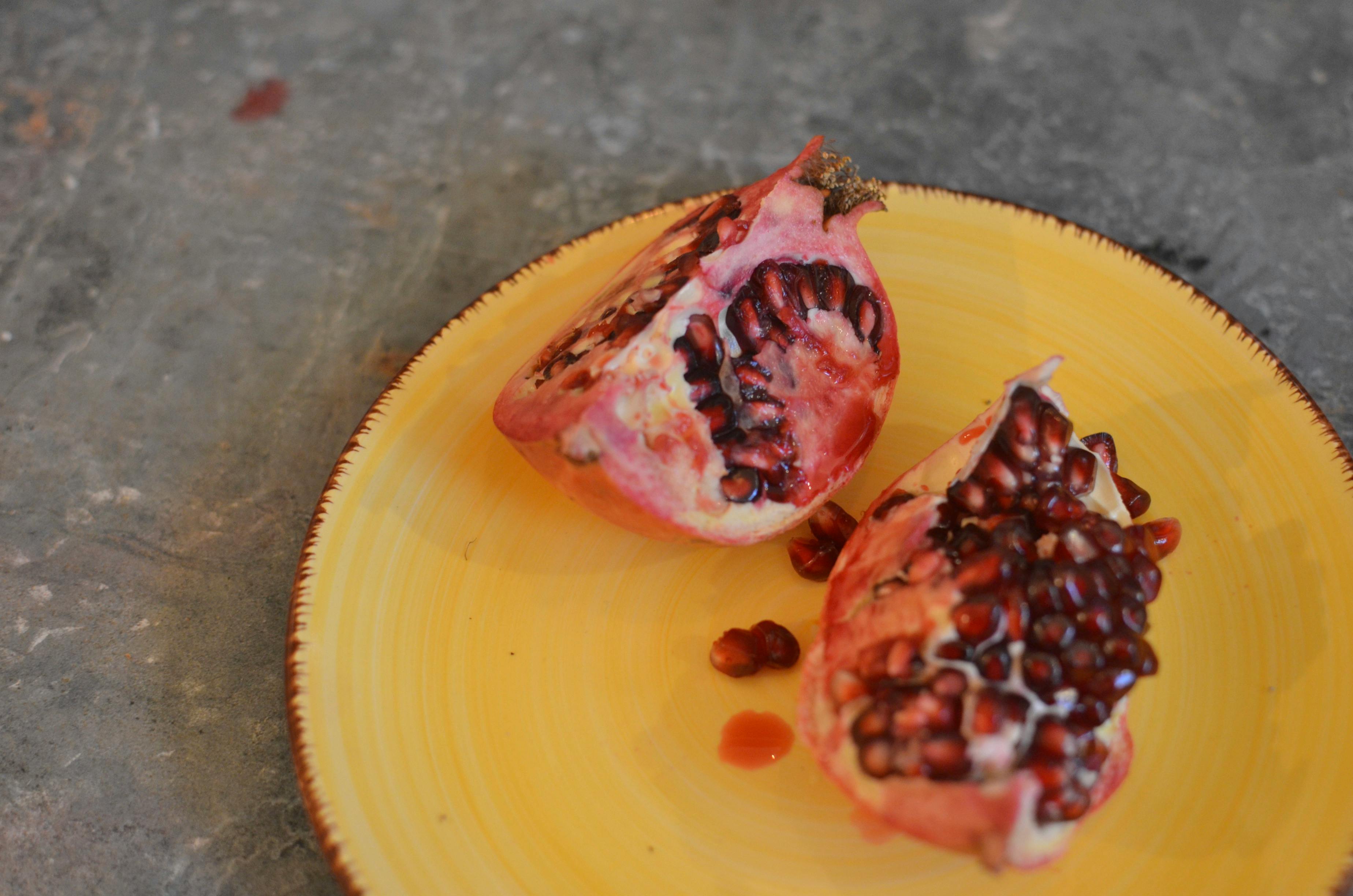
AR500 steel vs. mild steel
admin
- 0
In steel applications where abrasion is a problem, AR500 steel plate can stand the test time and time again. This is because it is made of abrasion resistant steel properties and as a result offers excellent resistance to wear and impact. Additionally, AR500 steel offers fatigue and corrosion resistance for applications where heavy wear and exposure to the elements are issues. In fact, this steel plate is so reliably built that consumers can count on it to perform consistently every time with no surprises. The following are some of the specifications that lend themselves to that reliability.
AR500 steel plate achieves a minimum surface hardness of approximately 477 BHN and a center hardness of approximately 450 BHN through a quench and temper process. As a result of this heavy-duty strength, it is often the material of choice for the highest wear applications. Machining the AR500 can be challenging. Drilling, countersinking, reaming, tapping, milling and general machining can be difficult due to its high hardness properties.
Although not normally designed for structural use, AR500 can be welded using low hydrogen production electrodes. Additionally, when the premium grades of AR500 steel plate are heat treated, they exhibit excellent through-hardening, improved forming and welding capabilities.
All of these properties add up to make AR500 steel a suitable material for mining equipment manufacturers, truck and trailer industries (particularly for bin linings), forestry, construction, and concrete industries. and aggregates, all of which routinely require the abrasion and impact resistance in their equipment that AR500 provides. Whether it is sliding wear, galling or heavy wear that a business is looking to combat, AR500 steel plate can help them do just that.
Now that you know where AR500 steel is used, let’s talk a bit about the basics surrounding it. The AR in the name is not just for branding purposes. It actually stands for abrasion resistance to indicate what this type of steel has to offer as its biggest selling point. The second half of the name, 500, indicates the approximate Brinell hardness of the steel, which represents the indentation hardness of a material via the “penetration of an indenter” scale.
That hardness allows AR500 to withstand a pressure of approximately 110 tons, 220,000 pounds. By comparison, mild steel ranks at just 120 on the Brinell scale. This is the reason why steel targets are often made from AR500 steel instead of mild steel. Where mild steel produces chops when hit by bullets, even when double-coated. Without the double jacket, the bullets go right through mild steel. On the other hand, when using the AR500 as a target, there is no damage to the steel when the bullets hit it. The front surface stays nice and clean, with no dings, dents, or rear penetrations. This is still the case after multiple rounds of ammunition from a wide range of weapons.
If AR500 steel can withstand impacts like these, imagine what it can do in all your abrasive applications. Why trust them for anything else?

